
CLEANING AND DISINFECTING COLD ROOMS
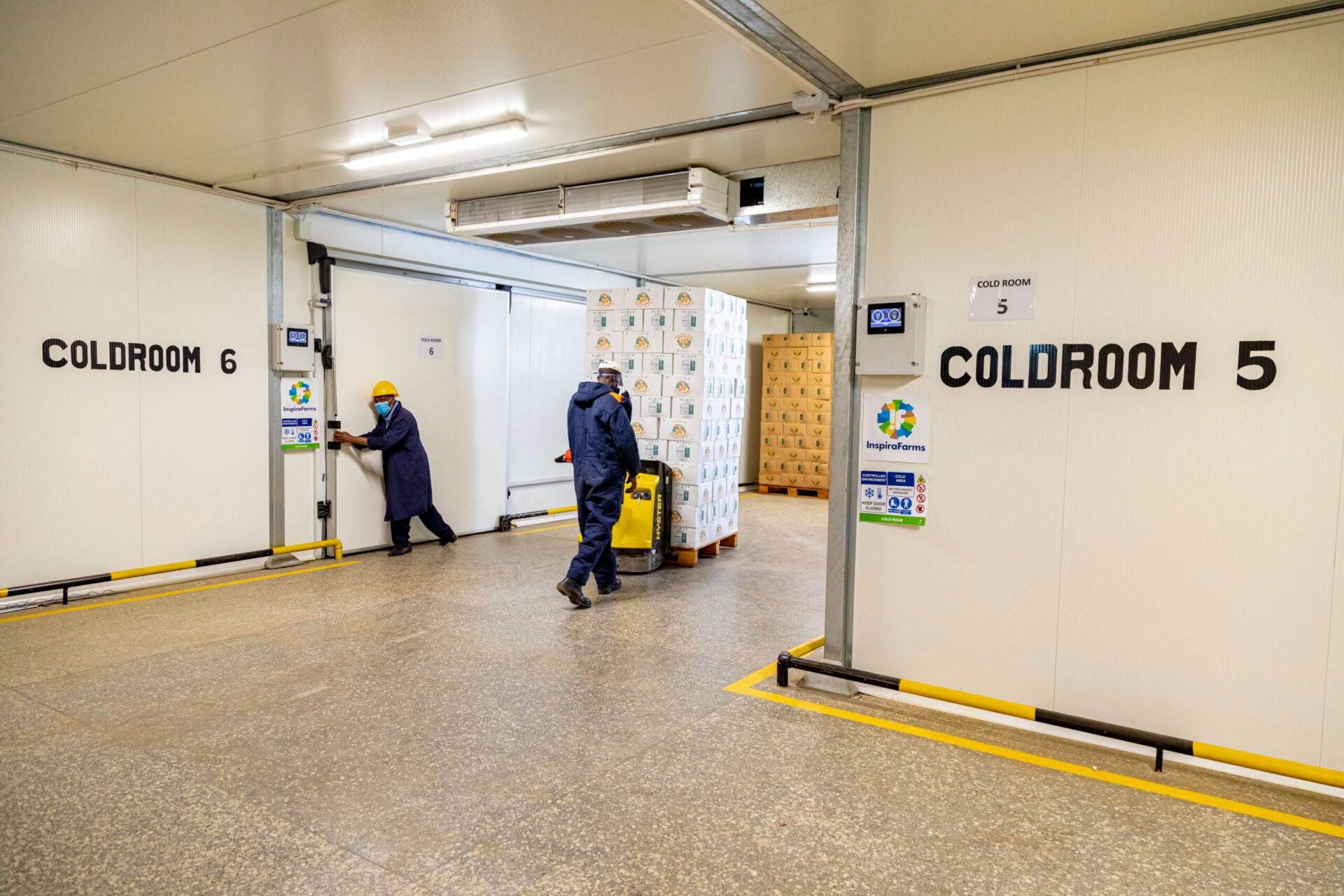

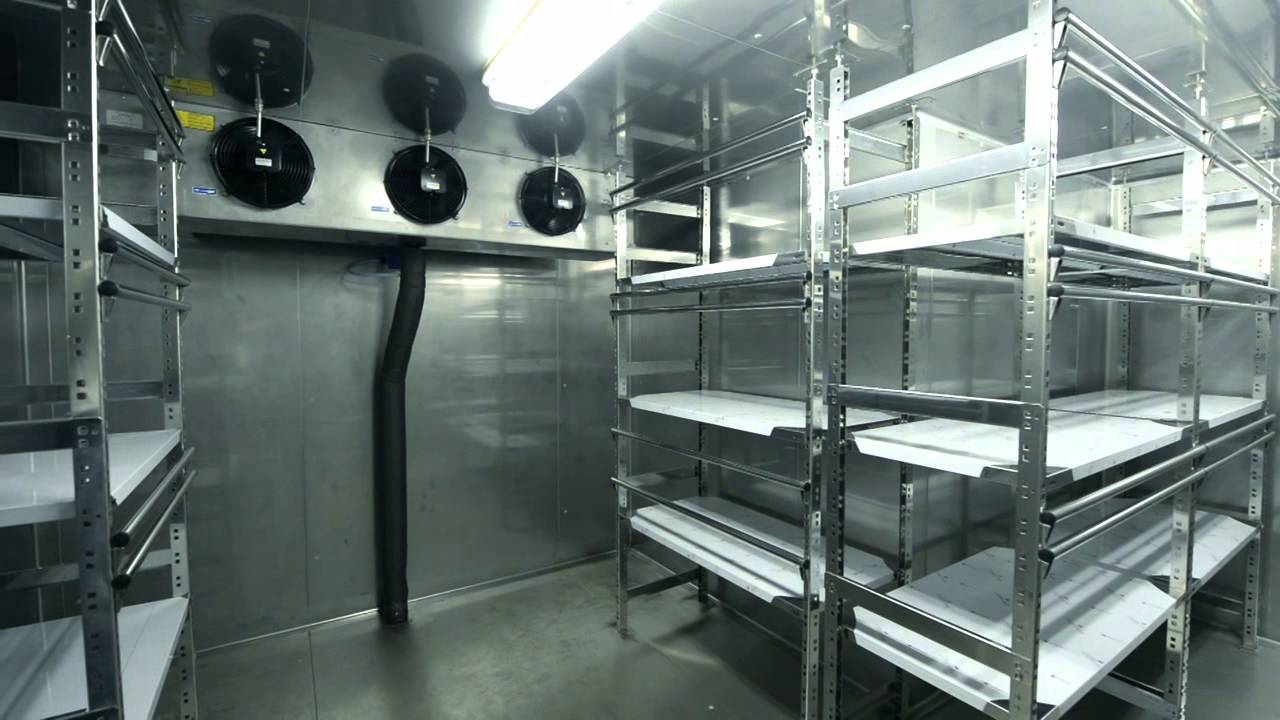
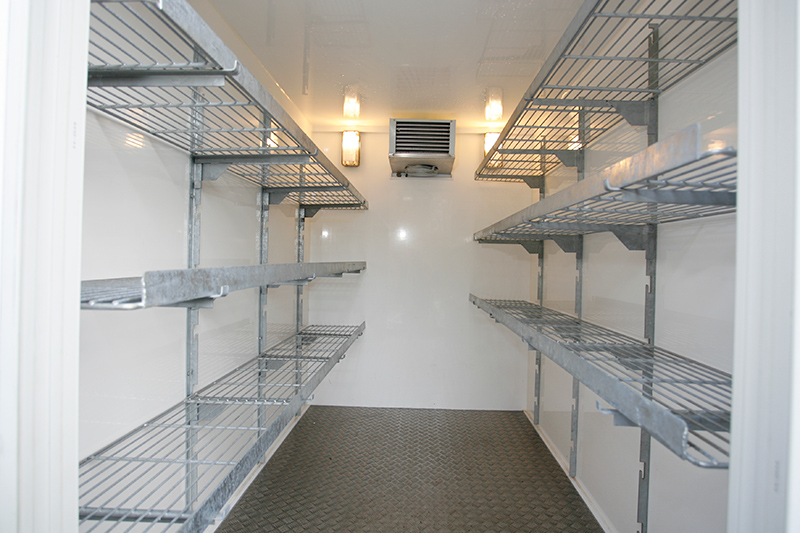
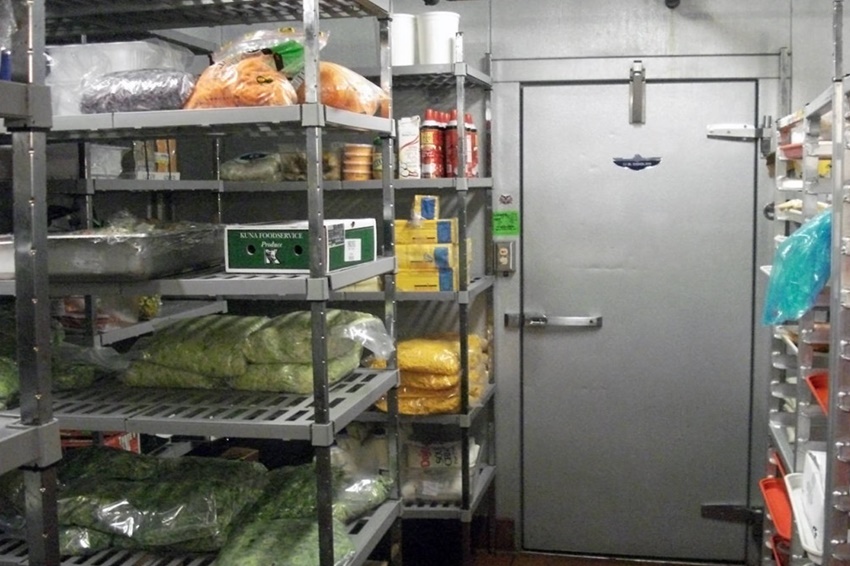
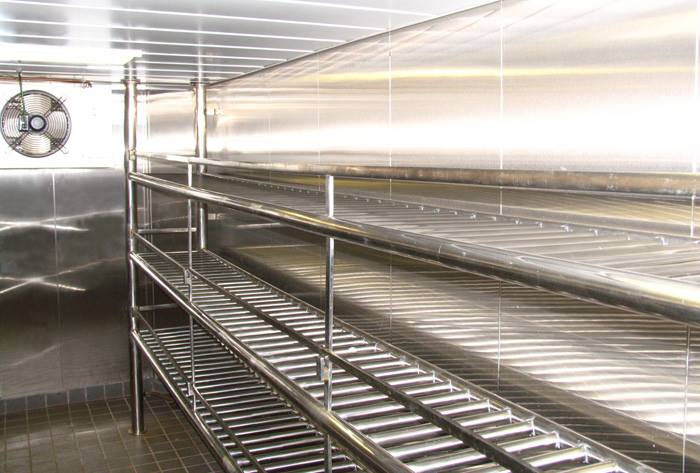
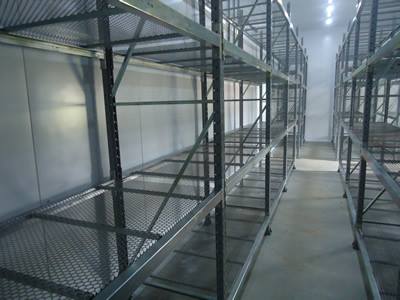
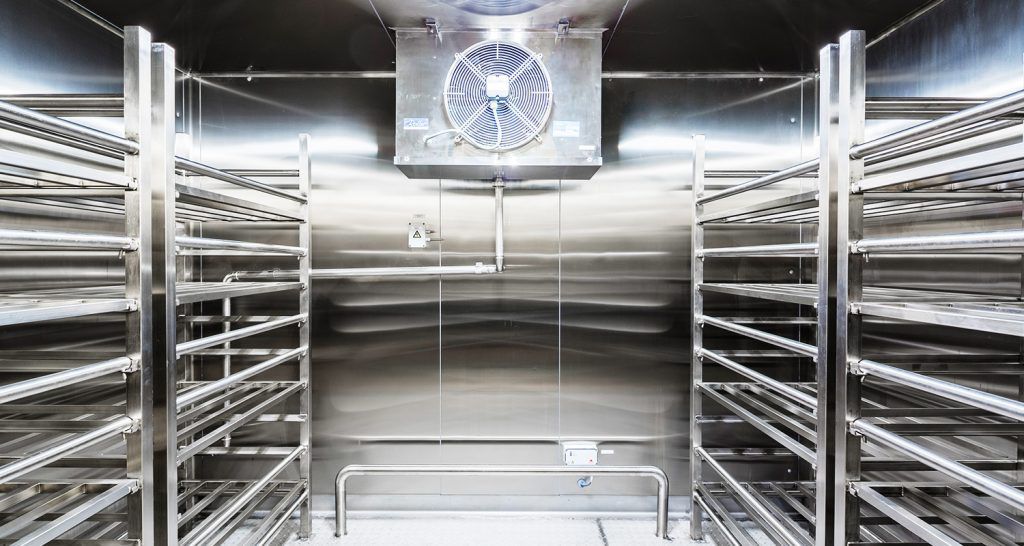
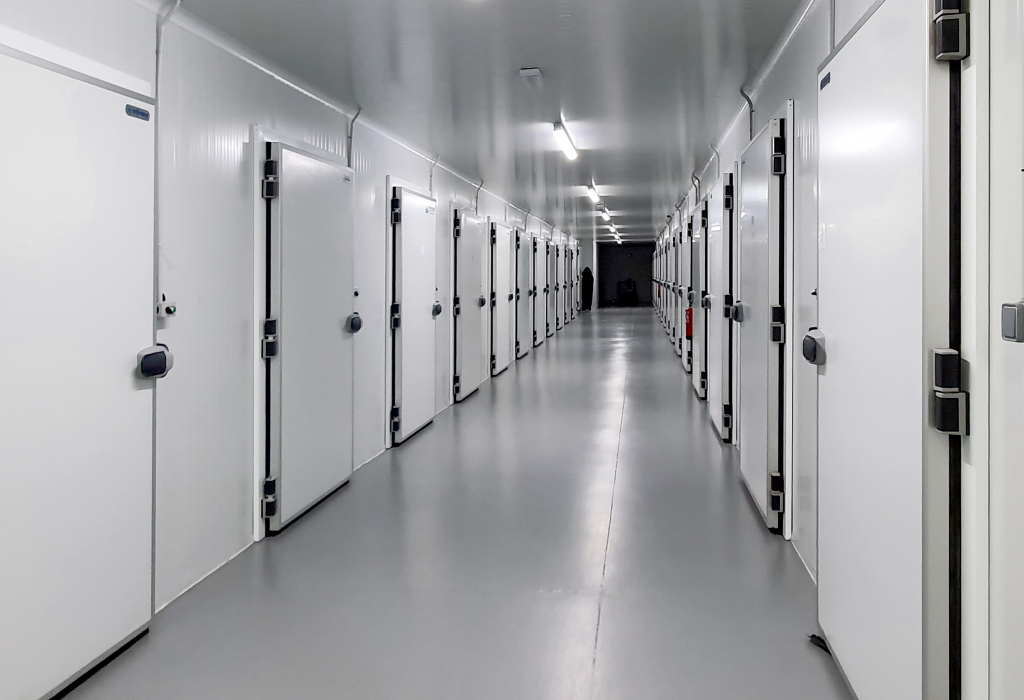
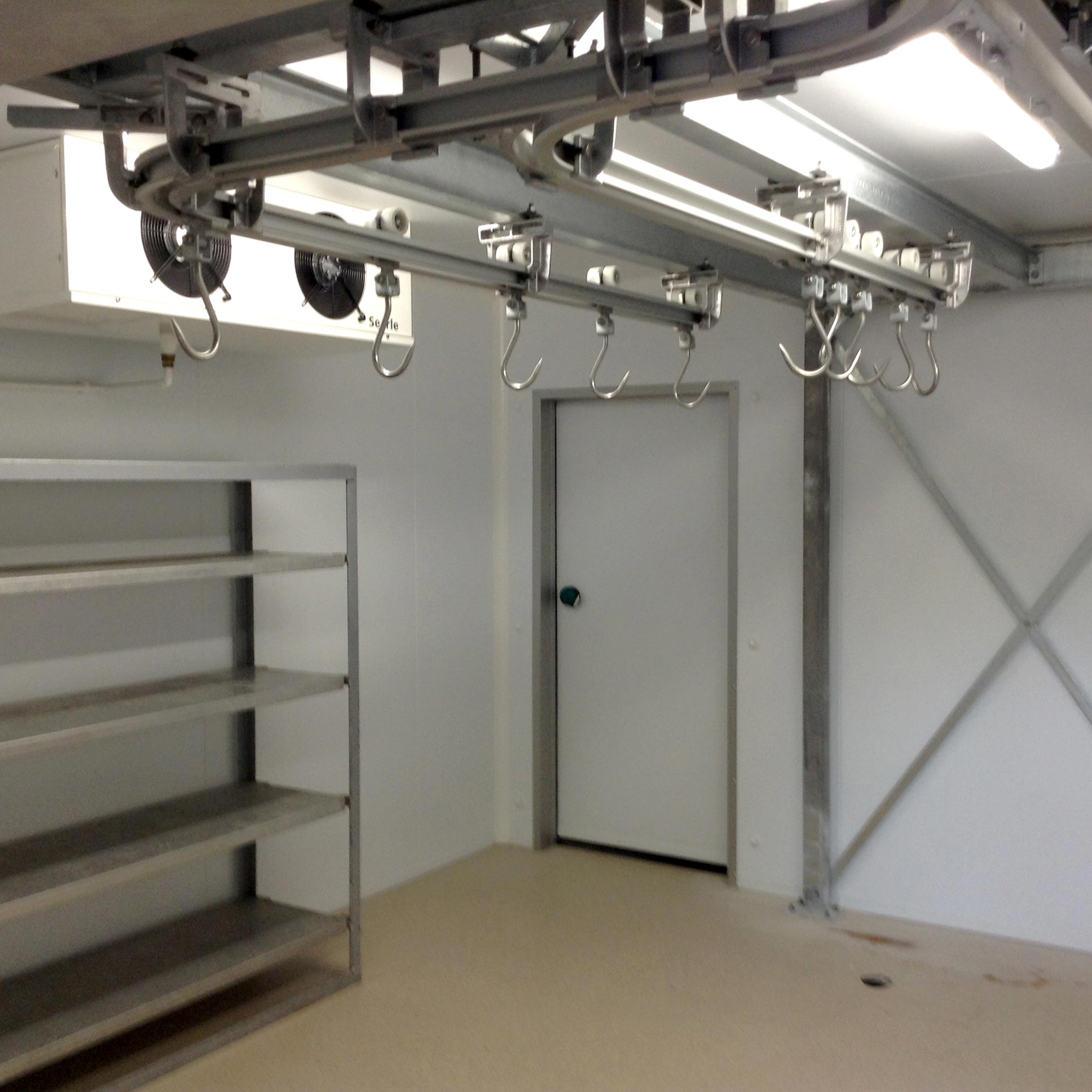

![Nebulizador Térmico LJ 80[1] - frame at 0m33s.jpg Nebulizador Térmico LJ 80[1] - frame at 0m33s.jpg](https://yata-apix-8cd218af-3760-4232-97fe-e5ee8f7c01a2.s3-object.locaweb.com.br/777dd943f8b44828a6888c7f50974830.jpg)
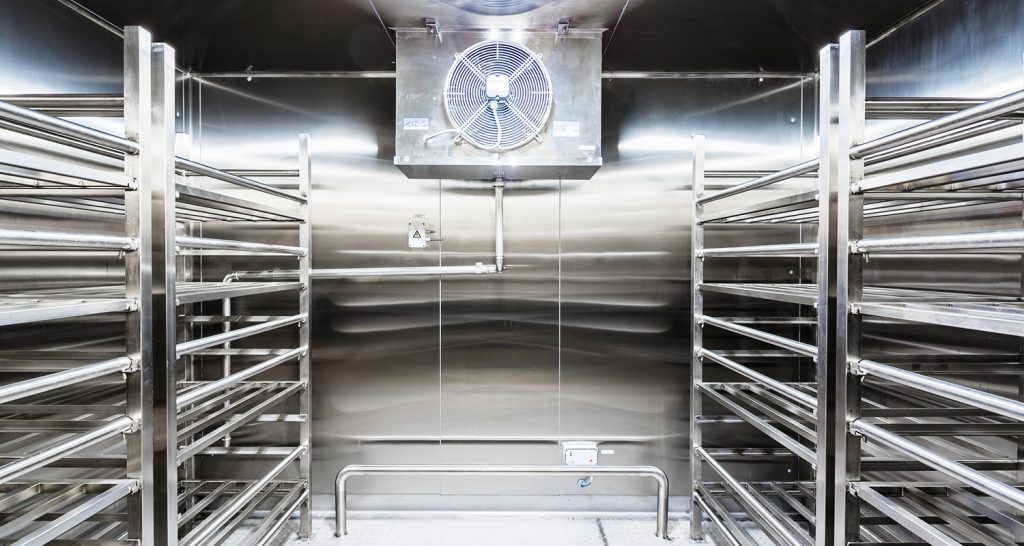
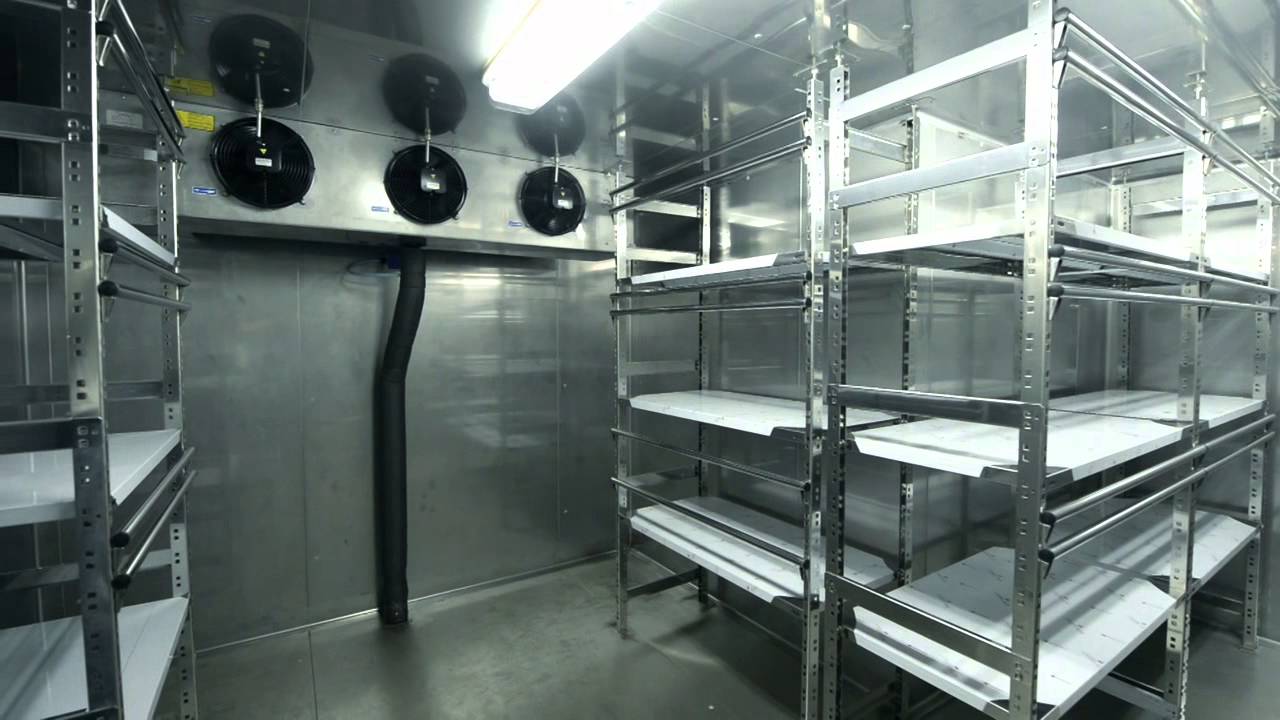
COLD ROOM CLEANING: CLEANING AT LOW TEMPERATURES
Low temperatures, high importance! Cold stores are found in many different businesses - and where they are found, they are usually extremely important to the operational processes of that business. In hotels and restaurants, in industrial production or in supermarkets, the cold store provides the right conditions for storing perishable and sensitive products. For the fridge to work well, it needs specialised and professional cleaning that adapts to its specific conditions.
Do it any other way? This is a risky strategy when it comes to cleaning industrial equipment. Especially when it comes to cold rooms, ineffective cleaning can have serious consequences. A professional and systematic approach that takes into account the materials, hygiene requirements and, in particular, the low temperatures of a cold store is crucial. It should also include the use of appropriate cleaning agents and equipment. It is not uncommon for food products or raw materials to be stored in cold rooms and getting it wrong can be unforgiving.
Carefully planning your cleaning is therefore an investment that always pays off. Firstly, note that not all cold rooms are the same. It's important to know what kind of products are stored and how. Are they packaged products or open products, possibly even open food? These factors need to be taken into account in the cleaning plan. For example, when handling food, HACCP rules must be considered (these are internationally binding quality management systems for food).
Although it is possible to clean at very low temperatures, it may make sense to clean fridges while they are switched off, especially if you are doing a deep clean. Different options, their advantages and disadvantages, will be considered in more detail below.
View of cold storage full of stacked boxes
First case: Cleaning cold rooms with refrigeration running and temperatures below 0 °C
Cleaning a cold store without switching off the refrigeration and without removing the goods from storage can be considered regular maintenance cleaning. The goods stored in the cold store are simply transported so that there is no risk of causing major disruption to normal business. It should be noted that freezer cleaning is carried out with the door closed to ensure optimum cooling.
Consequently, ventilation needs to be monitored during work.
A cleaning benefit - even at sub-zero temperatures
In freezers that require cleaning during operation, temperatures can quickly reach -20 °C or even lower. This environment means that the cleaning process needs special considerations. There is a risk, for example, that the cleaning agents used will freeze. The formula of the cleaning agent needs to be adapted to the special (cold) conditions. This can be achieved with alcohol-based cleaning agents or by using an antifreeze. If you are careful here, you can guarantee that the cleaner will not freeze, even if you leave it running for some time. The materials involved need to be taken into account. The cleaning agent used needs to be compatible with common aluminium, stainless steel and copper surfaces. All of these are commonly encountered in cold rooms during cleaning.
Superior performance in adverse conditions
In principle, machine cleaning is also possible at very low temperatures. This is particularly useful in cold rooms for cleaning floors, which is a key element in cold room cleaning. As a rule, corrugated aluminium floors are found in cold rooms. To get into the crevices and remove the dirt completely, it's best to use a scrubber. Stubborn dirt cannot be removed with manual cleaning equipment alone. The rollers of a scrubber-dryer get into cracks and crevices and work with a higher contact pressure than, for example, disc brushes. You can choose between different brushes that vary in the firmness of the bristles. In practice, however, it has been shown that hard brushes do not provide any significant advantage in terms of results, or that they shorten the cleaning time compared to medium-hard brushes (often red in colour).